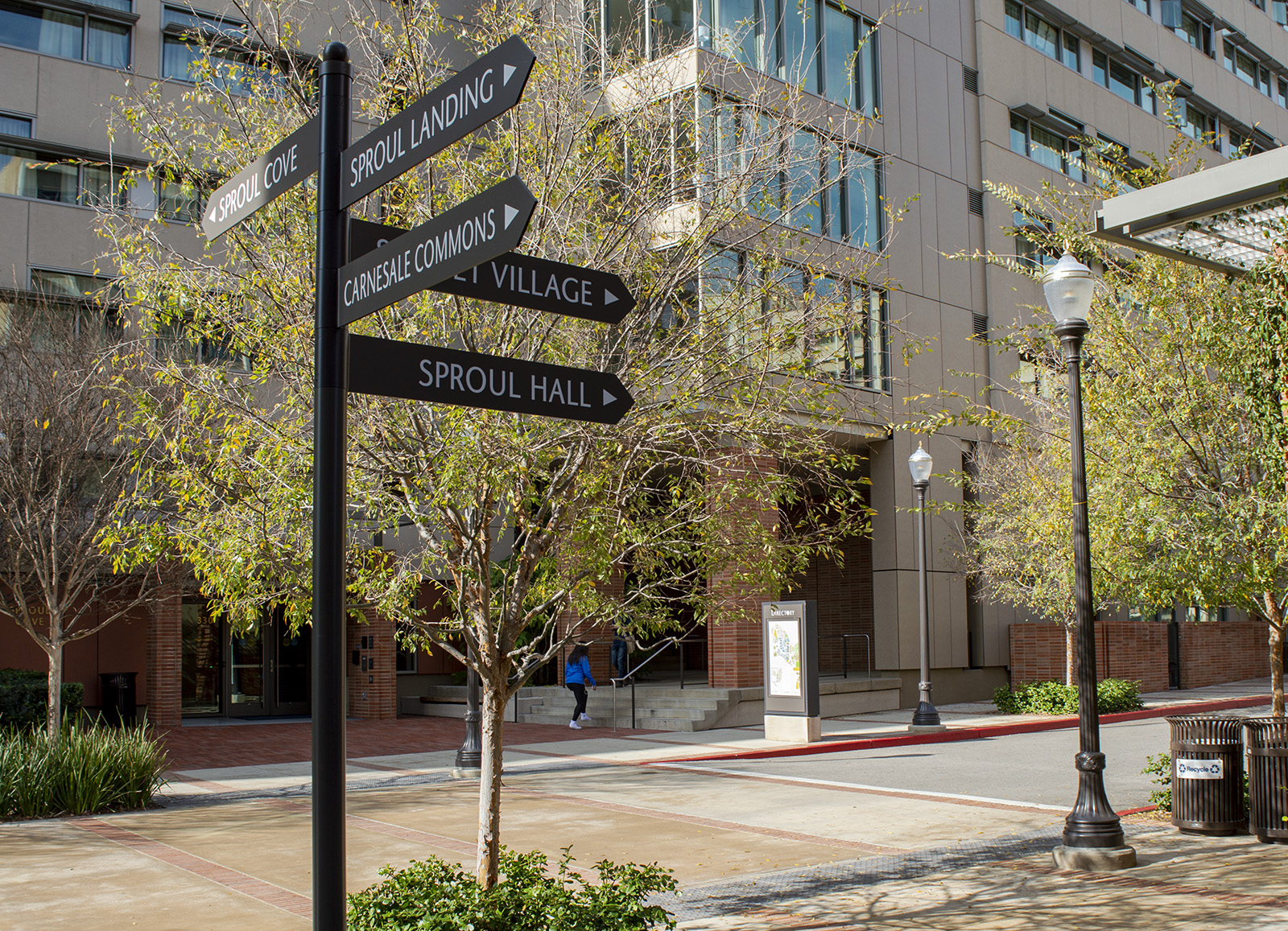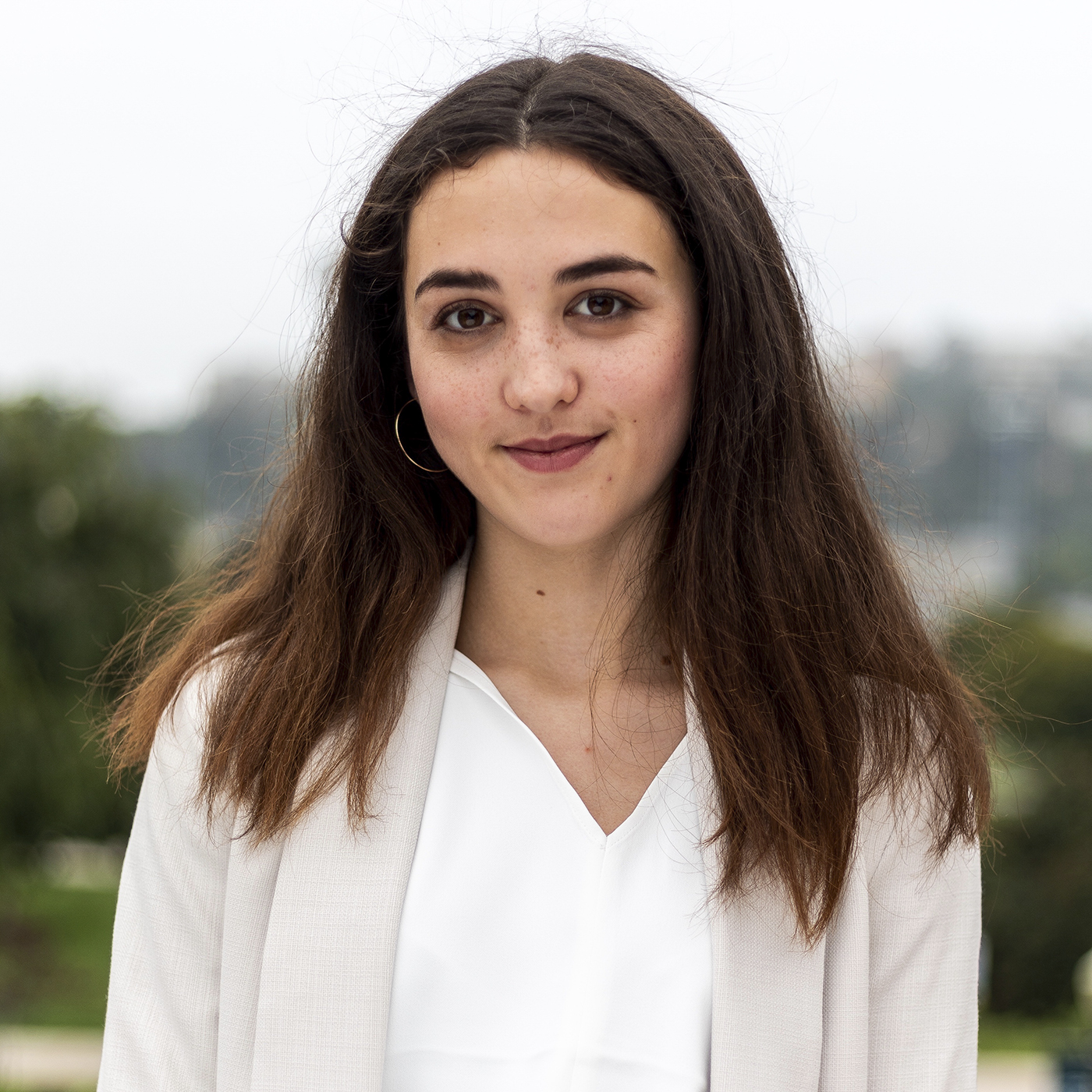Lack of transparency on fall quarter plans hinders students’ ability to plan ahead

In response to the uncertainty surrounding future university plans amid the COVID-19 pandemic, the UCLA administration should make a more concerted effort to give students more definitive answers on their future plans for fall quarter and beyond. (Daily Bruin file photo)

By Rachel Durose
May 14, 2020 5:17 p.m.
The email subject line read “Planning for Fall 2020 and Beyond” and immediately UCLA Facebook pages exploded with conversation.
Well that is, until students reached the line, “We are weighing various factors and scenarios for the 2020-21 academic year.”
And subsequently were not told any of those scenarios.
On April 28, UCLA students thought they were going to receive the long-awaited news from Chancellor Gene Block about what fall quarter would look like in the midst of the ongoing COVID-19 pandemic. Instead, students were left guessing about the future of campus closures, virtual classes and housing contracts signed and paid in full weeks ahead.
In that same email to students, UCLA indicated its capacity to house students on campus would diminish. However, it adamantly reaffirmed that students would pay the same in student fees and tuition.
In a May 13 message from Executive Vice Chancellor and Provost Emily Carter, UCLA faculty were instructed to prepare for a remote fall and consider which of their courses could follow social-distancing guidelines. Not only did this message add to student anxiety – it also failed to specify which classes UCLA is considering for in-person instruction.
These disjointed announcements are no comfort to students, particularly those who are experiencing financial or housing insecurity. International and out-of-state students who will be paying thousands more in tuition dollars than in-state students also deserve clarity from the university. Given Los Angeles County’s impending extension of shelter-in place orders until the end of July, UCLA cannot afford to keep students in the dark. The university must tell students what scenarios it is considering in clear terms to allow them the time to make important decisions regarding their future plans.
And it must tell them now.
Jibran Ali, a third-year financial actuarial mathematics and international student, was immediately ushered back to Bangladesh by concerned family members when UCLA moved to remote learning at the end of winter quarter.
“UCLA hasn’t said whether or not we’re going online and whether I need the apartment, so logistically it is a bit of a pain,” Ali said. “And I want my senior year, I want a full year with all my friends and obviously that might be a bit too much to ask for at the moment, but I would like some clarity on knowing what I should be doing next.”
While students like Ali are eager to return to campus if circumstances permit, they are also concerned that if UCLA is pushed to give an answer too soon, students will be getting the answer they do not want to hear – a completely digital fall quarter.
Timothy P. White, the chancellor of the California State University system, announced Tuesday that CSUs are planning for a completely virtual fall semester. While this announcement is sure to be a disappointment to students, it also gives them the necessary time to secure or break leases for the upcoming school year. Something that the UC should take into consideration for its students.
This preemptive move to online learning stands in stark contrast to the hectic last weeks of winter quarter Bruins were forced to undergo.
Roger Detels, a professor of epidemiology and infectious diseases and dean emeritus of the UCLA Fielding School of Public Health, understands the need for virtual learning but misses the in-person art of lecturing.
“We had lots of warning in the United States about this virus, and we really did not get started on intervention and management of the epidemic until very, very late,” Detels said. “I think UCLA actually responded pretty well once they recognized that they were dealing with a highly infectious disease and that a university was an ideal setting for rapid spread of the epidemic – they took action by going virtual.”
Winter and spring instruction were moved quickly and efficiently online in a matter of weeks when UCLA finally reacted to a pandemic that had been affecting the world for months. However, it was hastily planned and students were left scrambling to move out of residential buildings amid the stress of finals week.
While fall quarter is still four months away, UCLA must think ahead for the sake of its students. Those four months are precious time students could be using to sort out living arrangements, finances and more.
William Pua, a third-year sociology transfer student, believes the effects of these changes on the transfer community are especially devastating.
“There’s some people that I know that signed their leases already,” Pua said. “(UCLA) even told the transfer students, who are guaranteed one year of housing, they might not be able to get that guarantee.”
UCLA students deserve to know the best and worst case scenarios for their fall quarter, so they have the time to plan and prepare for the worst – or remain hopeful for the best.
It appears UCLA is hesitant to announce its plans out of a desire to avoid panicking or discouraging students. But, by not being as transparent as it possibly can, it is already doing just that.
After all, there is no need for students to cancel leases or declare nonenrollment if campus will remain open and most classes will be offered in-person. But whether that is possible is still largely unknown.
However, this thought process only works when the student body has the same privileges as the chancellor and university officials making the decision.
Some UCLA students simply cannot afford to continue online schooling. Nor can they continue to wait on the university for answers. Students need pertinent information from the university so they can make their own decisions. Especially if the option of an in-person fall is completely off the table.
But in the meantime, students will have to make do with vague and nerve-wracking emails that fail to give a full picture of what their upcoming school year will look like.
The nation’s top public university owes its students a follow-up email with more than just sympathies and platitudes.

